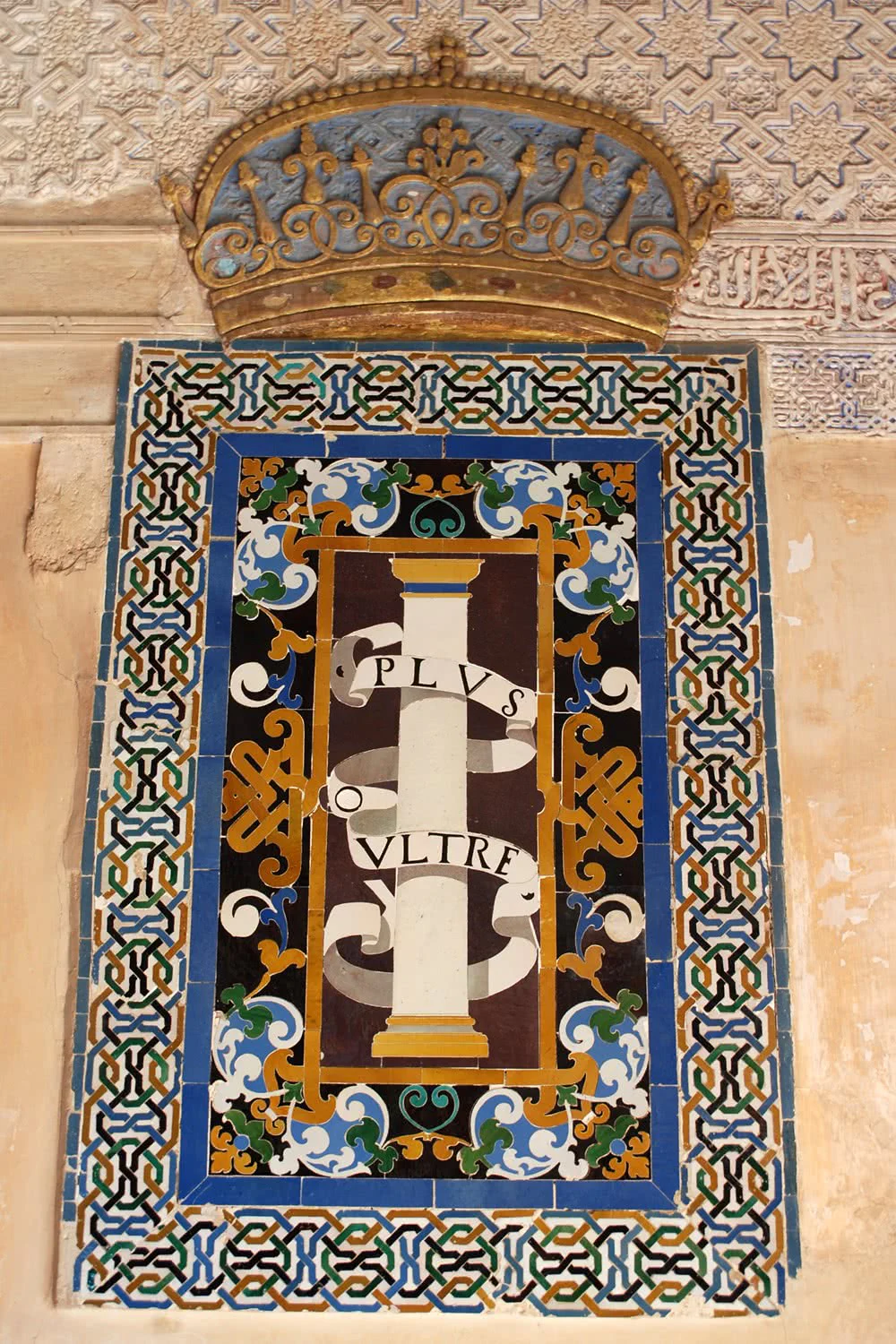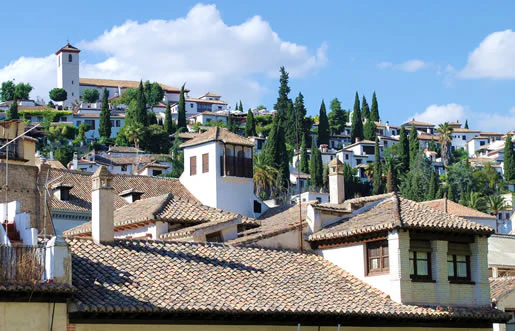The Christian Granada
After the arrival of the Christians to the city, many of the Muslim inhabitants migrated to Africa. The inhabitants that stayed in Granada gathered in the neighbourhoods of the Albaicin and the Alcazaba until the expulsion of the Moriscos (Moorish inhabitants that converted to Christianity). The Moriscos were expelled from the country between 1568 and 1571, as a consequence of the uprisings in the Alpujarra mountains. Meanwhile, the city was being rebuilt and converted to Christianity, at the same time as it maintained the importance it had had during the Muslim period. Granada paradoxically became the headquarters of the Archbishopric and the Royal Chancellery (Real Chancillería) was established. The emperor Charles V created a university in 1526 and established the Court in the Alhambra, but, in exchange, Granada started losing its Arabic roots when the Renaissance and the Baroque periods developed.
The Golden Age also left its print in Granada and the city developed a very intense artistic activity. A great number of buildings, churches, façades, canvases, sculptures, etc. decorate every spot of the city, as an explosion of creativity that seems to be saying goodbye to the glorious moments of the past.
The new century brought a stop to the growth of the city. During the French occupation the Alhambra was nearly destroyed, some of its buildings were blown up and many of the city's works of art were stolen. Hardly anything was done in exchange, a few buildings of artistic value were built, but in general the city and the whole country were left mentally, materially and economically exhausted. Nevertheless, once the country was liberated from the French occupation, not many improvements were achieved. Revolutions and revolts took place at the end of the 19th century and carried on destroying the city. Afterwards, the city suffered a building boom (which destroyed the neighbourhood of the Mosque in order to build the Gran Via (one of the main streets of the city)), the crisis of the sugar refineries and political revolts until 1936.
During the Civil War Granada did not suffer great damage, although the villages around and the capital city were on opposing sides. During many years the economy of the city was based on the services sector and it went through a wild real estate speculation process and an uncontrolled growth.
Nowadays, Granada is an important cultural reference at international level. Its University, already 475 years old, has a great reputation. Students are an essential element of the city, as they are one of the driving forces of its economy and its culture. Granada is a modern city that preserves its extremely rich historical and artistic heritage and integrates different cultures. This has been possible thanks to the city's geographical and historical link with the Islamic world, the University's exchange programs and the great number of visitors who come to Granada every year.
Read more about...



